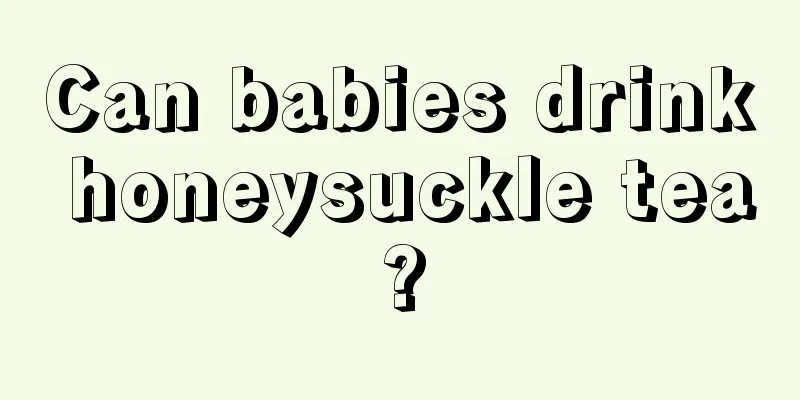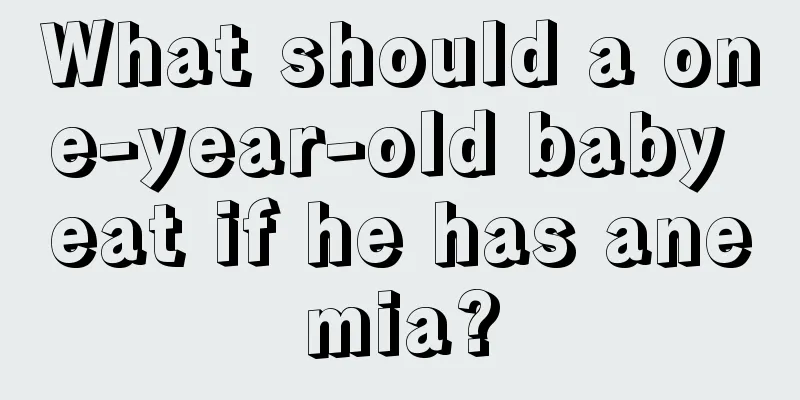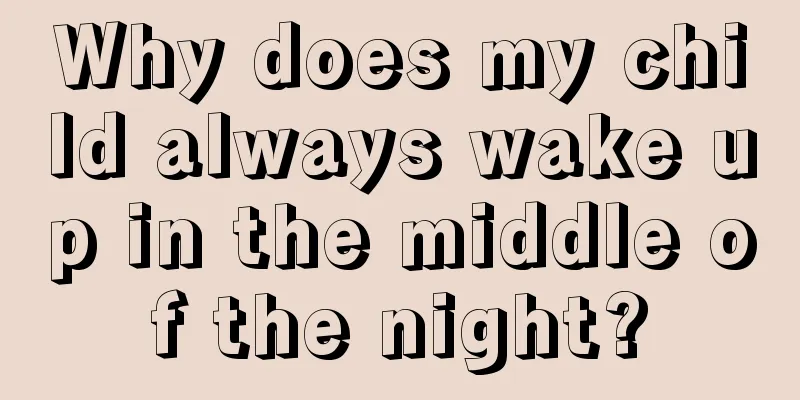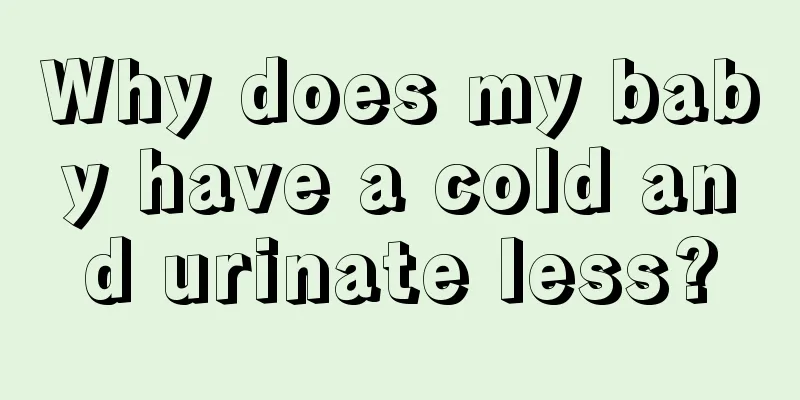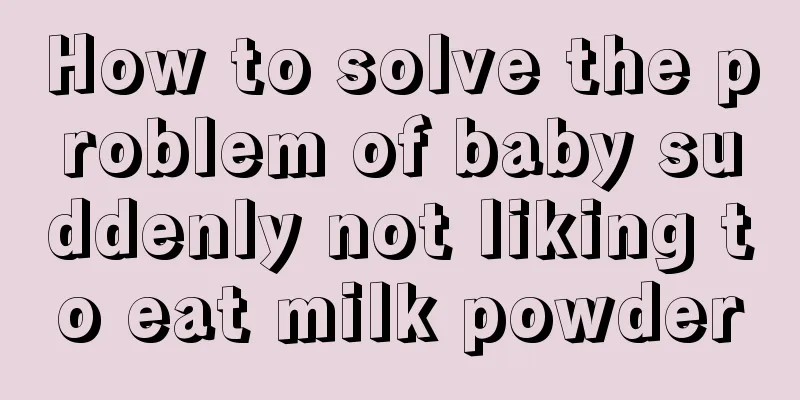First aid for children with fever
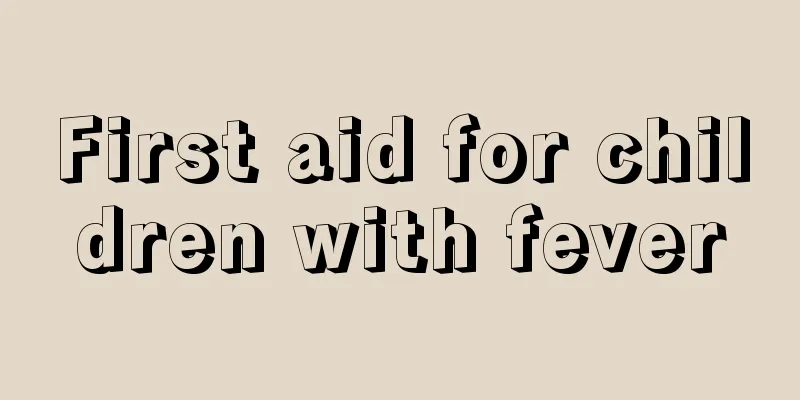
|
What parents worry about most is their children's fever, right? Do you know what are the first aid methods for children with fever? Mothers who have had children with colds and fevers know that children usually start to have a sudden high fever at night or in the middle of the night. If the mother cannot master some simple and effective fever-reducing methods, the child will have a continuous high fever all night, seriously affecting the child's health. Let's take a look at the first aid methods for children with fever. Mothers can take a good look at the article below to learn about these treatment methods. 1. Causes of children's fever What is fever? Normally, children don’t have a fever, and the temperature stays around 37 degrees. Some children have a slightly higher temperature, and some have a slightly lower temperature. It’s all normal. However, when you are sick, especially when pathogenic microorganisms, whether they are bacteria or germs, invade the human body, the human body and the pathogenic microorganisms will fight each other. After the fight, the pathogens will die, and the human body's white blood cells will also die. After death, a lot of chemicals will be produced, causing the human body to have a fever. The more intense the battle, the higher the fever, but it does not mean the disease is more serious. 2. Methods to lower body temperature convection. The lower the ambient temperature, the more conducive it is to convection. However, it should be noted that when the ambient temperature is too low, it can easily stimulate convulsions in children. Therefore, many parents use ice cubes right away. It is taboo to use ice cubes. Ice cubes are irritating and can cool children down suddenly. Ice cubes and ice caps are used when the fever is as high as 41 degrees or 42 degrees. As the fever is as high as 41 degrees or 42 degrees, it can cause damage to the brain. We need to use ice to physically cool down the temperature to protect the brain. But when the temperature is 38 or 39 degrees, if the child is older, it is okay to apply the medicine slowly, but it will be very uncomfortable if something very cold is suddenly applied. 3. What should parents do if a child faints due to high fever? First, let the child lie flat with his head tilted to the side and the collar open. This is because the child may inhale something accidentally during a convulsion. His entire nervous reflex is poor, and it is very dangerous if the child inhales something into the trachea after vomiting. So, just let him turn sideways. Second, generally febrile convulsions are instantaneous, lasting a dozen seconds, twenty seconds, or less than a minute. However, some children may have convulsions for several minutes, more than ten minutes, or even half an hour. During these times, the child's teeth are very strong and can bite off the momentum. So, tie something cotton to chopsticks and put it in his mouth to prevent him from biting his tongue. If it is an older child, when the convulsions are severe, he may bite his tongue and swallow it, and he may still suffocate. Experienced parents, parents whose children have smoked a few times, will put their hands in when their children have nothing to eat. 4. Treatment of high fever fainting First, try to send the patient to the hospital. If it is an acute injury, he needs to be given oxygen. Giving him some oxygen is always better than giving nothing. Second, when the child has a long seizure, give him some medicine to reduce cerebral edema. In the past, it was said that Chinese doctors abused anti-hormones, such as antibiotics, vitamins, and hormones. At this time, hormones have two functions. The first function is to resist salt and reduce temperature. The second function is to reduce cerebral edema very well. You can use some at this time. But there are different opinions on this. Some experts are against its use, but I think it is appropriate and necessary to use it at this time. It should be used after a seizure, and it will also relieve cerebral edema. The above are some methods of first aid for children with fever. Mothers can take a good look at and learn some of the above treatment methods. When a child has a fever at home, you know what to do to alleviate the child’s condition. If you don’t learn anything, when the child has a persistent high fever, you will only be anxious, like an ant on a hot pan, at a loss. Therefore, as a mother, it is best to think about your children and learn more about parenting knowledge. |
<<: What are the benefits of children's electric toothbrushes
>>: Causes and treatment of ear infections in babies
Recommend
Why do babies have hot hands and feet?
There are often many reasons why babies' palm...
What are the benefits of swimming for children?
Swimming is a very familiar sport, especially in ...
What should I do if my child always feels itchy?
Compared with adults, children have relatively we...
Can a child’s hoarseness heal itself?
Children will encounter many problems in their ph...
What to do if your baby has diarrhea due to bacterial infection
Many people suffer from diarrhea. A common cause ...
What to eat when a child is coughing and vomiting
Infant cough is a common disease, but if it exist...
What to do if a child has lumps of flesh on his body
There are only a few reasons why flesh grows. The...
What are the symptoms of hand and foot eczema in children?
Because children's skin resistance is relativ...
Is it normal for a one year old to have a mole?
If a one-year-old baby has a black mole, generall...
What is the height and weight of a 40-month-old baby?
Children are the hope of their parents and the fu...
What medicine should children take for severe indigestion?
When babies don’t like to eat, parents will force...
What should I do if my baby can't crawl for more than 7 months?
Parents value and pay attention to each growth st...
How to treat bacillary dysentery in children
Bacillary dysentery is a common disease in childr...
Iron deficiency anemia in children
During the growth of children, supplementing the ...
What should I do if my child has a fever, diarrhea and vomiting?
Every family member hopes to see their children g...

